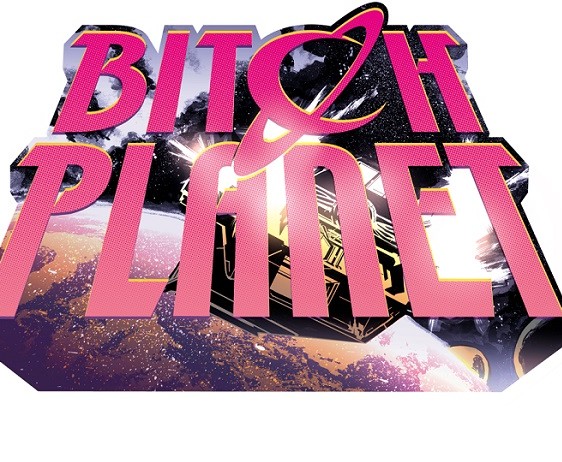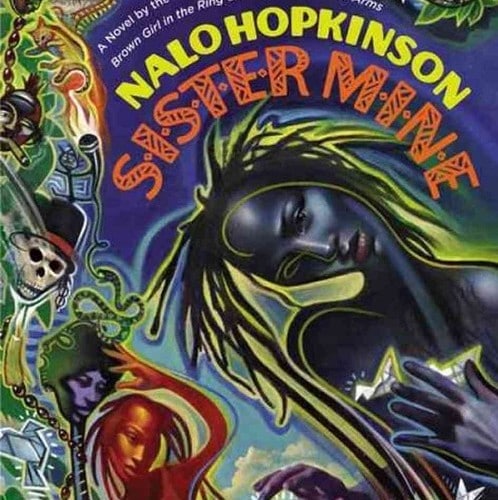There is a page early on in “Bitch Planet” where the women prisoners are ushered through processing like soon-to-be slaughtered cattle. They are completely naked with no convenient art direction or obstacles to block their nudity. While most of the women are clearly uncomfortable to be made into such a spectacle, there is one character, Penny, who seems to revel in other’s discomfort. She is large, very large. She moves with a confidence that almost implies she’s there voluntarily, gives the guards sh*t just because she can, and by the time you’re halfway through this first issue, you’ll realize she doesn’t give a damn about how uncomfortable you are staring at her naked ass. This is “Bitch Planet,” the house that Kelly Sue DeConnick built, and it’s not like anything else on comic book shelves today.
Working with artist Valentine De Landro (“X-Factor,” “Marvel Knights”), “Bitch Planet” is a story about a not-too-distant future where women “criminals” are sent to an all-women’s prison … on another planet. I put criminals in quotations as some of these women may be guilty of murder or thievery and some of them may be guilty of being women. The individual stories of who these women are and how they came to be there is part of the reason why this comic can go in so many different directions. As I said previously, “Bitch Planet” looks like it will be different than most books out, even as it comes from Image, publisher of another of DeConnick’s largely innovative books. That doesn’t mean that DeConnick doesn’t draw from various inspirations, especially prison break and exploitation films like “Caged Heat,” “Female Prisoner #701: Scorpion” and “Victory.”
One of the immediate things about the characters that will stand out to you is not just the fact that they are mostly women, but that they are mostly women of color. I asked DeConnick what motivated her to diversify the characters to this extent and she replied that she wanted to flip the “White Default” when it comes to populating a roster:
“I wrote a letter to Valentine and just asked him to make the deal with me that unless a character was specified as white, they would be of color. I was hesitant … my concern was that we’re doing a prison book, and so of course most of our characters are incarcerated. And I worried about what that choice said. Was I working against my own intention?”
Read more from William Evans at blacknerdproblems.com


